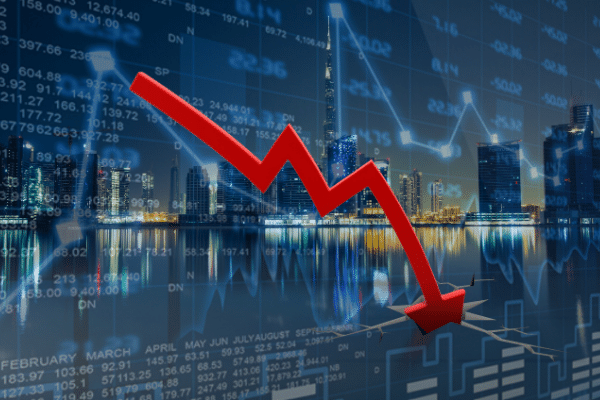
- Hot on the heels of a crippling global pandemic that was met with unprecedented fiscal and monetary responses, a nuclear-armed waning power is trying to flex one last time by invading a neighbor.
- The key metric that investors should be looking at then is labor force participation rate in the U.S., which has been rising, but not far enough.
With investors starting to price in a Fed-induced recession, there are conflicting views as to whether the market can avoid monetary policy becoming the last straw that breaks the camel’s back.
In a paper by former U.S. Treasury Secretary Lawrence Summers and former Harvard Kennedy School research fellow Alex Domash, the duo point out that since 1955, there have been at least 8 instances where wage inflation was above 5% and unemployment was below 4% (as it is now) and in all 8, a recession followed within two years.
But history is not destiny and just as the world managed to avoid a global conflict for almost eight decades after the end of the Second World War, there’s a change that this time really is different.
To begin with, this is an anomalous moment in history, with no similar analogues.
Hot on the heels of a crippling global pandemic that was met with unprecedented fiscal and monetary responses, a nuclear-armed waning power is trying to flex one last time by invading a neighbor.
Many of the supply chain issues caused by the pandemic haven’t even been figured out yet, even as new problems from Russia’s invasion of Ukraine are making things worse.
Add to that mix China’s debilitating coronavirus lockdowns of commercial and industrial centers and it’s evident that the supply side of the equation is contributing significantly to higher prices, even as sentiment is starting to plateau.
So, what would the U.S. Federal Reserve do?
Goldman Sachs economist David Mericle believes that what forces the Fed into a recession-strength action on policy is where a wage-price spiral emerges because if salaries aren’t rising too fast, the Fed could wait out inflation, especially since it’s being worsened by supply chain issues.
Wages, unlike the prices of goods and services, tend to be sticky – once increased they’re hard to decrease and when the cross a certain growth threshold, they feed a wage-price spiral that the Fed will be forced to break.
The danger is that the U.S. is getting there – the Employment Cost Index is running at around 4% now, but so long as productivity is increasing at the rate of between 1% to 1.5%, employers should be able to put a lid on prices.
Any higher than that however, and the Fed may be forced to induce a recession as a means to break the descent into an uncontrollable wage-price spiral.
The key metric that investors should be looking at then is labor force participation rate in the U.S., which has been rising, but not far enough.
A higher labor force participation will help to bring down the pressure on employers to keep jacking up wages to attract more workers.
The Employment Cost Index report for March comes out at the end of this week and will provide further insight as well as an additional datapoint as the Fed prepares for its next policy meeting in May.
While most investors have already priced in a 0.50% rate hike at the next Fed meeting, slowing earnings growth, the prospect of a recession, as well as labor participation, will all factor into considerations by policymakers.
If a recession is to be avoided, it will be right down to the wire.


